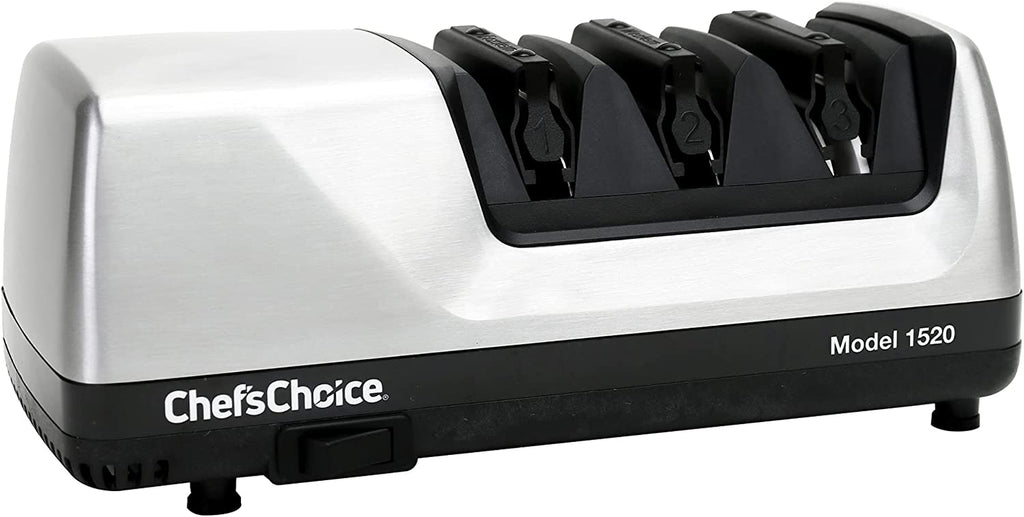When it comes to dining etiquette, knowing how to cut with fork and knife is fundamental. This skill goes beyond merely consuming your meal; it demonstrates your manners and acknowledges the culinary effort put into preparing the food. Whether you're at a fancy restaurant or a casual meetup, mastering this technique can elevate your dining experience and leave a lasting impression.

The Importance of Proper Cutlery Use
Why is it so crucial to know how to cut with fork and knife? For one, it helps in ensuring you break down your food into manageable pieces, making it easier to consume. Most importantly, proper use of cutlery reflects well on your etiquette, which can be particularly vital in formal settings or professional gatherings.

Understanding the Basic Tools
The Fork
The fork is not just a tool for scooping food; it plays an essential role in the cutting process. There are different types of forks for various meals, but for the purpose of this guide, we'll focus on the basic dining fork. The prongs should be sharp enough to hold the food in place without tearing it apart.
The Knife
The knife is your primary cutting tool. There are various knives for different purposes, such as steak knives and butter knives. A basic dinner knife will usually suffice for most meals. Ensure that your knife is sharp enough to cut through the food but not so sharp that it endangers you or your dining companions. For more about different knives, check out our guide on stainless steel steak knives.

Step-by-Step Guide: Cutting with Fork and Knife
Step 1: Hold Your Fork and Knife Correctly
Start by holding your knife in your dominant hand and your fork in the other. Hold the knife with your index finger extended along the top of the blade for control. Hold the fork with the prongs facing down. This grip provides better control over the food while cutting. A firm grip ensures that the utensils don't slip from your hands, leading to potential accidents. For more tips, refer to our post on comfortable grip kitchen scissors.
Step 2: Stabilize the Food with the Fork
Place the fork's prongs into the food. Ensure it's anchored securely so it doesn't shift as you cut. This is particularly important when dealing with foods that can slide easily, such as meats or slippery vegetables.
Step 3: Cut Using a Smooth Motion
Now, using your knife, make a smooth slicing motion to cut through the food. Avoid using a sawing motion, as it can tear the food and make the presentation messy. Press down lightly with the knife and glide it through the food using forward and backward motions. You can learn more about using knives safely from this guide.
Step 4: Continue Cutting and Eating
Once you have cut a piece of food, transfer it to your mouth using the fork. Continue this process, cutting one piece at a time until your meal is complete. This ensures you savor each bite and enjoy the flavors fully.
Cutting Different Types of Foods
Meats
For tougher meats like steak, you might need to exert a little more pressure and use more slicing motions. Ensure your knife is sharp to avoid tearing the meat. Our post on Farberware knives can provide additional insights on choosing the right knife for meat.
Vegetables
Vegetables can be slippery, so use the fork to anchor them securely. Softer vegetables require less pressure, so adjust your cutting force accordingly. Check out our article on different types of veggie knives for more information.
Breads
Bread requires a slight sawing motion with a serrated knife. Use your fork to stabilize the bread and then make gentle back-and-forth motions to cut through it.
Common Mistakes and How to Avoid Them
Holding Utensils Incorrectly
Many people make the mistake of holding their utensils like pencils. This reduces control and makes cutting difficult. Always use the correct grip for better control.
Using Too Much Force
Exerting too much force while cutting can lead to accidents and messy food presentations. Always use a controlled and smooth cutting motion.
Cutting Multiple Pieces at Once
Avoid cutting multiple pieces of food at once. This not only looks uncouth but can also ruin the food's presentation.
Frequently Asked Questions
Q: Can children learn how to cut with fork and knife?
A: Absolutely, teaching children this skill early on can instill good dining habits that last a lifetime.
Q: How can I improve my knife-cutting skills?
A: Practice is key. Start with softer foods and gradually move on to tougher ones. You can also watch online tutorials for visual guidance (link).
Q: What type of knife should I invest in?
A: A basic dinner knife is sufficient for most meals, but for specific foods, you might want to invest in specialized knives like steak knives or serrated knives. Discover the perfect knife for you by exploring our blog on Chefman electric knives.
As an Amazon Associate, I earn from qualifying purchases.
If you want to learn more about dining etiquette and culinary skills, visit The Spruce Eats website.
Learning how to cut with fork and knife is a fundamental skill that can elevate your dining experience. With the right technique and tools, you can not only enjoy your meals better but also leave a lasting impression.


























